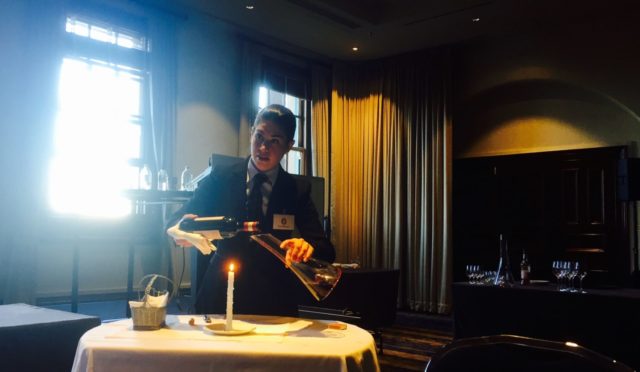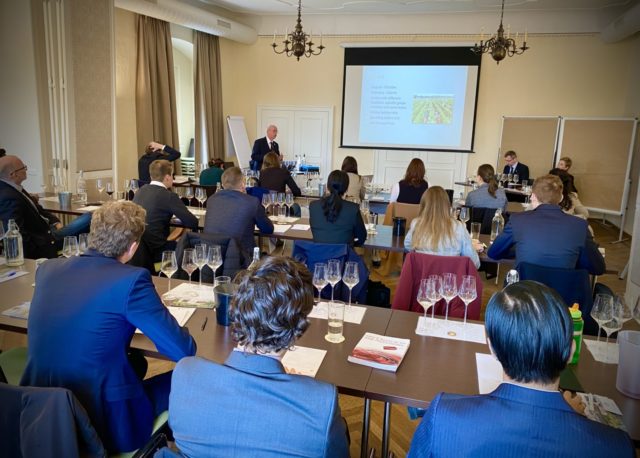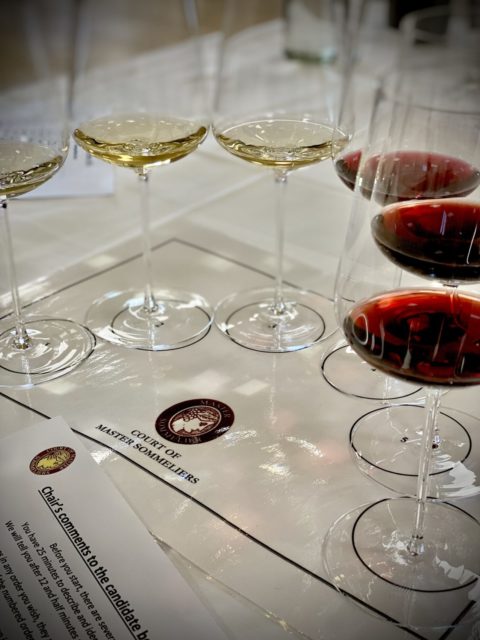What You Need To Know
Part 1: Restaurant Service and Salesmanship

The candidate is required to wear his or her normal working clothes, provide a corkscrew and other tools of the trade for the examination and should be able to:
- Discuss, recommend and serve aperitifs, displaying a sound knowledge of the products and the ability to serve them correctly.
- Select, prepare and position glassware necessary for the service of drinks in the lounge, restaurant, function room or private suite.
- Discuss menu content and wine list, recommending wines to accompany food, displaying a sound knowledge of the products, their vintage and characeristics.
- Present, offer and prepare, (decanting where necessary) and serve wines demonstrating a high degree of efficiency and proficiency.
- Present offer, prepare and serve spirits and liqueurs. Handle queries and complaints with skill and diplomacy.
- Discuss the size of the measures that may be expected from each.
- Display a sound knowledge of Beverage Management.
Part 2: Theoretical Knowledge

- Speak with authority on wine regions of the world and their products.
- Know the principal grape varieties used in wine making and the areas of the world where they are cultivated.
- Answer questions on international wine laws, including those of France, Germany, Italy, Portugal, Spain, Australia and the USA.
- Display knowledge of fortified wines, their vinification, storage, and handling.
- Describe the various methods of distillation and production of spirits and liqueurs.
- Explain the process of making beers and cigars and the reasons for the variations in style between different products.
- Discuss how the products should be stored to ensure that they remain in the optimum condition.
Part 3: Deductive Tasting

The tasting examination relies on the candidate’s verbal abilities; clearly and accurately describing six different wines tasted blind, three white and three red.
Within twenty-five minutes he or she must: describe the appearance, aromas, structural components and identify, where appropriate, grape varieties, country of origin, district of origin and vintage of the wines tasted.
NB – No wines are examined in the Introductory exam, two wines in the Certified exam, six wines in both the Advanced and Master.
